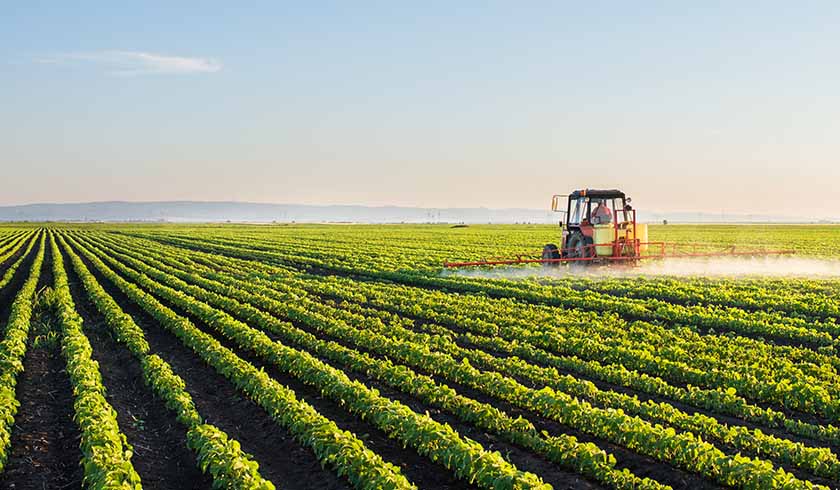Commodity boom, FOMO to fuel agricultural land price growth: Rabobank
Strong demand – coupled with optimal macroeconomic factors – will drive up agricultural land prices in the coming years, according to a report.

In its latest Agricultural Land Price Outlook, Rabobank forecasted agricultural land prices will continue to rise for at least the next five years, with the fastest growth occurring in 2023.
The predicted price boom is seen to be underpinned by strong demand, brought on by the thriving agricultural economy and an imbalance between demand and supply, according to the report.
Rabobank senior analyst Wes Lefroy said that “not in the last 30 years have the macro settings been so supportive” of agriculture land price growth.
The report highlighted that the ab prices of commodities, along with favourable seasonal conditions in the majority of Australia seeing widespread rainfall supporting production – has driven farm revenues to record levels.
“Strong production years and high commodity prices, alongside record-low-interest rates, have boosted farmers’ purchasing power,” he said.
“Nationally, our research is showing that farmer purchasing intentions are at the highest point in at least the past five years, with 9 per cent of Australian farmers reporting that they intend to buy land within 12 months.”
The low supply level of available agricultural land is also putting upward pressure on prices, the report noted, with 45 per cent fewer sales recorded in 2020 compared to 2019.
Tasmanian farmers 2020’s biggest winners as land prices soar
Nationally, the median price for agricultural land across the country grew by 6 per cent in the year to 2020, with four out of six states reporting double-digit growth.
Between 2019 and 2020, Tasmanian farmers saw the biggest price growth, with the median price of agricultural land rising by 28.3 per cent during the period.
This was followed by Victoria with 15.8 per cent, Queensland with 15 per cent and West Australia with 14.1 per cent.
Meanwhile, price growth in NSW and South Australia was more subdued, recording annual median price increases of 6.1 per cent and 1 per cent, respectively.
Fundamentals to continue propping up growth
Mr Lefroy said the factors, which had supported robust growth in agricultural land prices, were expected to persist in the next few years.
“We think it’s likely that commodity prices will remain supportive for the next 24 months, while we expect interest rates will stay at record lows until at least 2024,” he said.
He added: “For land price growth to reduce, or even for a downward correction to occur, we would need to see a multi-year interruption to a combination of commodity prices, production, or interest rates.”
FOMO driving up demand
The lack of available land to buy has contributed to a sense of farmers’ FOMO and added to the growth in land prices, the report said.
Mr Lefroy said that in some instances, FOMO was triggering buyers to file an expression of interest (EOI) at a significantly higher than the productive value in order to secure the property, not knowing when another opportunity may come up.
But despite the tight market conditions, Mr Lefroy said that there are still windows of opportunity for people who do their due diligence.
“Markets have got tight, but not all are equally tight,” Mr Lefroy said. “Not all regions have seen prices rise at the same pace, and while demand continues to outweigh the number of properties on the market, the demand/supply balance is not the same in all regions.”
This year’s report has also included an assessment of land price against annual rainfall, with the report concluding that the relationship between price and annual rainfall is not consistent in some regions.
Mr Lefroy advised that buying lands in regions where land price values more closely reflect annual rainfall (and consequently productive capacity) rather than inflated by other factors can provide owners with more value.
“For those buyers who do their homework and have the flexibility within their business to seek inter-regional purchases, there may be greater productive value to be had for their capital investment.”
